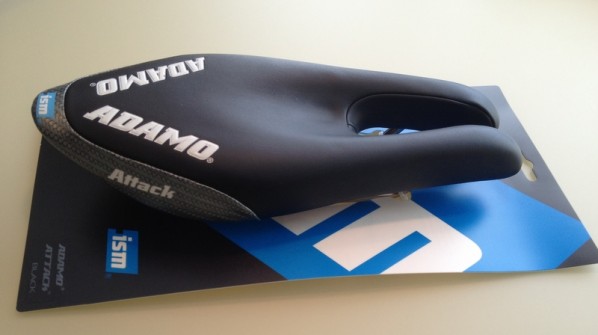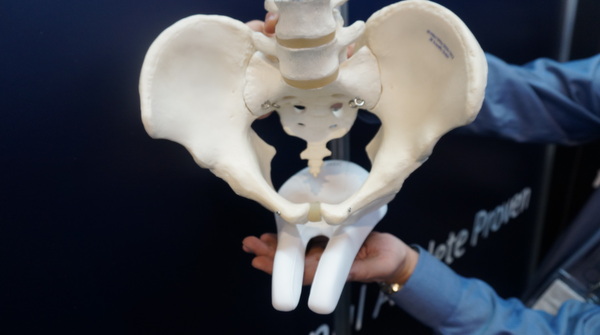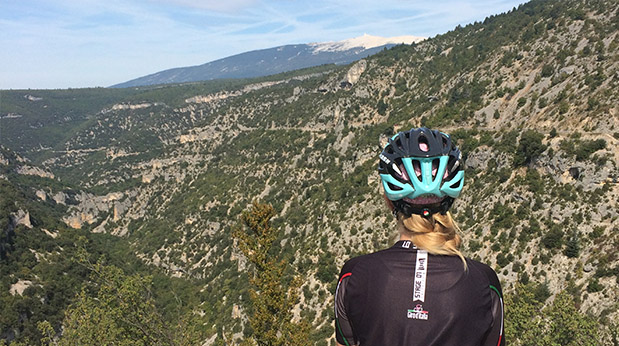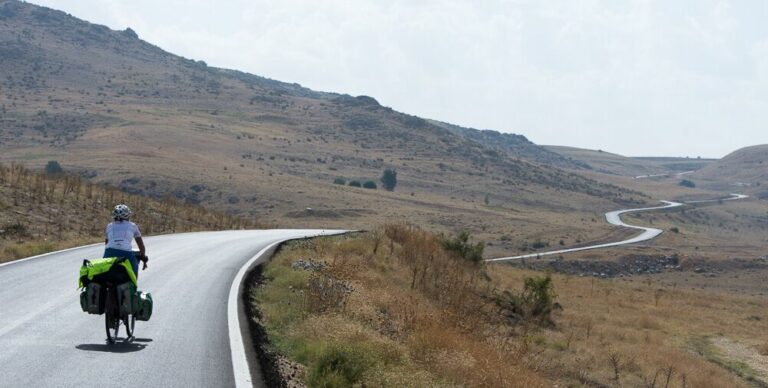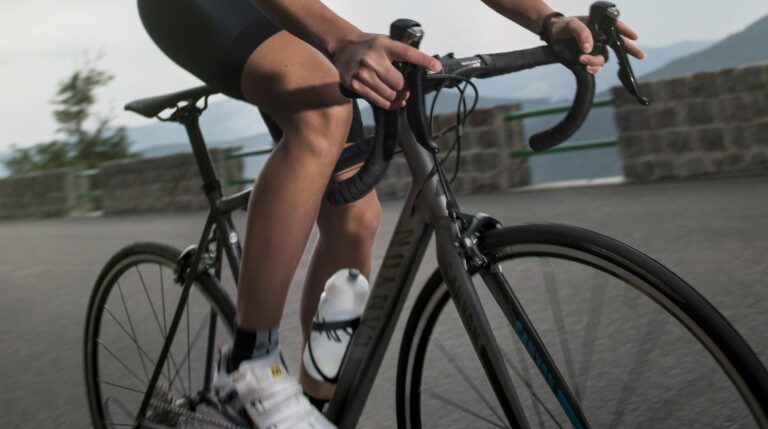Saddle discomfort can be a real ride killer. Here at TWC we sob internally every time a non-cycling friend tells us: “I went cycling on holiday, the saddle killed me, I decided never to ride again…”
For those who are still struggling, we’d like to present a slightly different option: the ISM.
I’ll begin by admitting a personal interest in ISM. When I completed my first time trial, I got off the bike and promptly told everyone present that I was going to have to make an important decision: bike riding, or sex – my then boyfriend wasn’t too impressed.
I got off the bike and promptly told everyone present that I was going to have to make an important decision: bike riding, or sex – my then boyfriend wasn’t too impressed.
Consequently, I bought a second hand ISM saddle from a friend, and discovered that the two can co-exist, because riding in a forward seated position did not have to equal agony. I’ve never looked back and recently rode a 100 mile TT with this saddle – without chamois cream.
ISM have a history of supplying to time trial specialists and triathletes – but they make saddles for all disciplines and are looking to grow awareness of that.
I tend to swap the ISM onto my road bike if I’ve got some big miles planned, for example over a week long riding holiday. The rest of the time, I ride on a Selle Italia SLR Lady Flow, which works well (you’ll probably note some similarities between it and the ISM) – but mainly because I only own one ISM. I’ll always choose to swap the saddle and put my trust in the ISM over anything else for a mega long ride.
Irritatingly saddle choice is completely personal, we’d never say “this saddle is the one everyone should be using” because there is no such saddle.
However, the good people at ISM have a solution that is quite different to what the vast majority of saddle manufacturers offer. It’s so different that people are often put off by the design – so we’d like to explain the science behind these weird looking perches.
